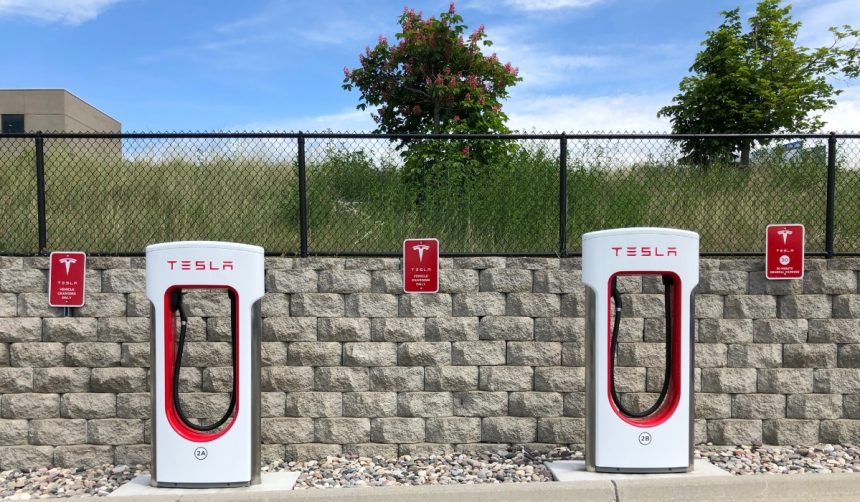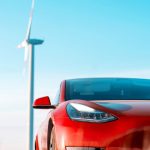Tesla has decided to halt the development of wireless charging for its Cybertruck, citing practical limitations tied to the vehicle’s unique design. The Cybertruck, known for its unconventional form and advanced Over-the-Air update capabilities, had been anticipated to offer this feature as part of Tesla’s broader attempt to introduce wireless charging across its lineup. Shoppers interested in efficient at-home charging solutions have closely watched these developments, hoping for more seamless ways to power their electric vehicles. Despite previous patent activity and public interest, engineering hurdles have redirected Tesla’s approach.
Past reports noted Tesla’s intention to standardize wireless vehicle charging, including the publication of associated patents and hints at implementation for future vehicles. Earlier statements suggested that the technology could eventually become commonplace in Tesla’s entire product range, pending refinement. Now, the company’s stance reflects a reevaluation of both technical feasibility and customer experience, with the shift away from Cybertruck integration marking a deviation from initial expectations regarding Tesla’s charging innovations.
Why Did Tesla Cancel Cybertruck’s Wireless Charging?
Company officials pointed out that the physical design of the Cybertruck poses significant challenges for wireless charging. The ground clearance of the vehicle was specifically highlighted as a barrier. As Wes Morrill, lead engineer of the Cybertruck, explained,
“Wireless charging something as far off the ground as the CT is silly.”
This design constraint has led to the decision to cease development of this feature for the Cybertruck, according to official statements.
What Issues Affect Wireless Charging for Electric Vehicles?
Wireless charging for electric vehicles continues to grapple with inefficiencies related to energy transfer. Much of the power lost in such systems dissipates as heat, making the process less effective than traditional wired charging methods. Even wireless charging for smaller devices like smartphones in Tesla vehicles has showcased these shortcomings, generating noticeable heat and slower charging times. The company recognizes the need to address these technological challenges before deploying such options more widely.
“We are working on a wireless charging solution, but it has yet to be released,”
confirmed a Tesla representative.
Will Tesla Introduce This Feature in Other Models?
The abandonment of wireless charging for the Cybertruck does not necessarily signify the end of Tesla’s ambitions in this area. The company maintains its development efforts for wireless charging technology, potentially for use in models better suited to such systems. Tesla has acknowledged the possibility that higher-ground-clearance vehicles—like future off-road or SUV offerings—may face similar technical barriers. The adaptation of technology will likely depend on resolving these specific design challenges.
As wireless charging technology is seen by many as most appropriate for home charging scenarios, it may eventually find its place with Tesla’s other products. In residential settings, where convenience outweighs rapid charging needs, wireless systems could deliver value. By contrast, public charging infrastructure relies on speed and reliability, where traditional wired systems currently remain preferable.
Tesla’s decision to drop the Cybertruck wireless charging feature reflects a pragmatic approach to innovation, deferring new technology until it can better serve intended functions. Monitoring the technical performance and feasibility of wireless power transfer remains important for both manufacturers and consumers. For customers considering ground-breaking electric trucks, knowing the limitations of current charging options can guide purchasing decisions. Looking ahead, continued refinements in inductive charging design and efficiency will likely shape which models ultimately benefit from such systems and how they are marketed to users seeking convenience without sacrificing performance.










